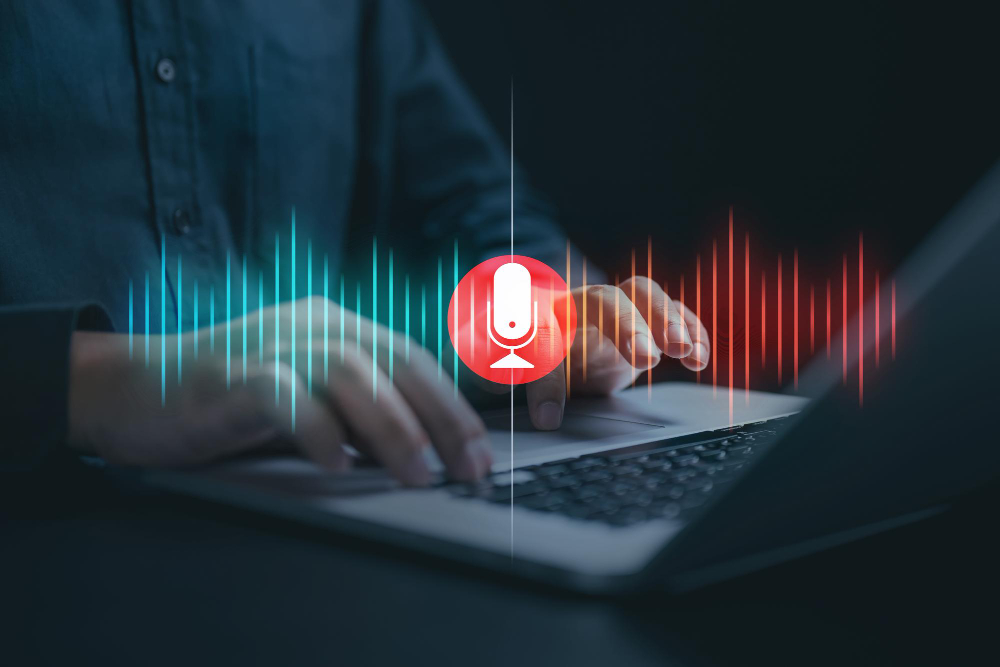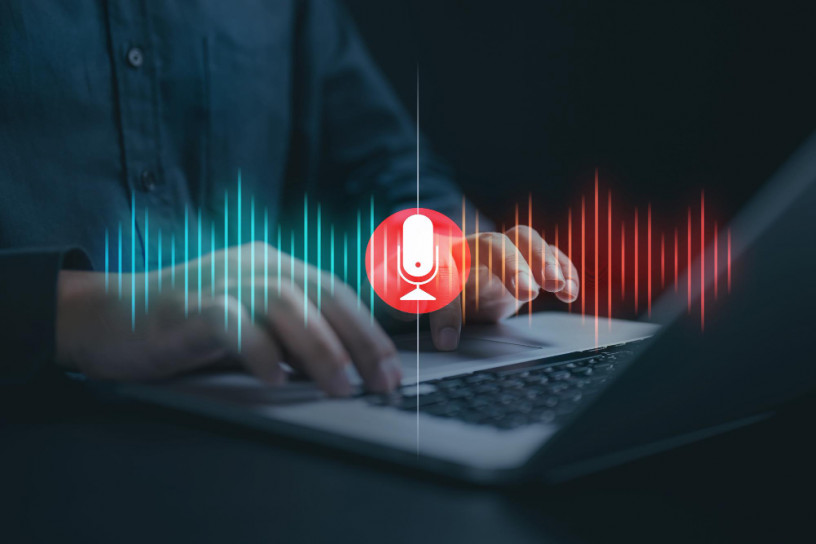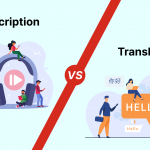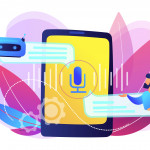
In today’s world, communication takes many different forms. One important skill is being able to smoothly connect spoken words with written text. This is crucial for processing information and making it accessible to everyone. Audio transcription is a crucial part of converting spoken language into written text. It plays a significant role in this process of transformation.
It could be an interview, a lecture, or even a recorded conversation. This process allows us to capture all the details and make the content easily readable and searchable.
What is Audio Transcription?
Audio transcription is the process of converting spoken language into written text. This intricate task involves transcribing verbal content from various sources, such as interviews, lectures, or recorded conversations, into a readable and searchable format.
The conversion of audio to text holds immense significance in facilitating accessibility, content analysis, and information retrieval. It enables a broader audience to comprehend and interact with spoken content, making it a valuable tool in diverse fields.
The transcription process involves skilled professionals or advanced technologies transforming spoken words into accurate and coherent written text. This overview explores the methods and considerations inherent in this vital communication transformation.
Benefits of Transcribing Audio to Text
A. Enhancing Accessibility and Inclusivity
Transcribing audio content makes information accessible to individuals with hearing impairments, fostering inclusivity. It ensures that a diverse audience can engage with the content, promoting equal access to information.
B. Amplifying Searchability and Indexing
Text transcripts significantly enhance content discoverability by enabling efficient search and indexing. This not only streamlines information retrieval but also enhances the overall user experience, making it easier for users to find relevant content within large datasets.
C. Repurposing Content for Varied Platforms
Transcriptions provide a versatile textual format that can be repurposed across different platforms. This adaptability allows content creators to reach broader audiences through articles, blog posts, social media, or educational materials.
D. Maximizing Time Efficiency
Reading is often faster than listening, making transcriptions a time-efficient way to consume information. Professionals can quickly review, summarize, or extract key points from transcribed content, optimizing time management in various sectors such as research, education, and business.
Choosing the Right Methods for Audio Transcription
- Automatic Transcription Software: Utilizing advanced automatic transcription tools can expedite the process, converting audio to text with speed and efficiency.
- Manual Transcription Tools: For enhanced accuracy, manual transcription tools empower human transcribers to meticulously transcribe complex audio content.
Understanding File Formats and Compatibility
Familiarity with various audio file formats is crucial for seamless transcription. Compatibility ensures that chosen tools can effectively process and transcribe audio content in formats such as MP3, WAV, or FLAC.
Ensuring High-Quality Audio for Accurate Transcription
To optimize accuracy, start with clear and high-quality audio recordings. Minimizing background noise, using quality microphones, and choosing appropriate recording settings contribute to a more precise transcription process. Investing in these foundational aspects is key to a successful audio-to-text conversion.
Weighing the Pros and Cons of Automation
While automatic transcription streamlines the process, it’s essential to consider both its advantages and limitations. Pros include speed and efficiency, but potential drawbacks may include accuracy issues, particularly in complex audio scenarios.
Fine-Tuning and Editing Automated Transcripts
To enhance accuracy, users often need to fine-tune automated transcripts. Editing tools provided by these platforms allow users to refine the text, correct errors, and ensure a more precise representation of the original audio content.
What industries need audio transcription services the most?
- Media & Entertainment: Journalists rely on transcriptions for interviews and recordings, filmmakers for subtitles and closed captions, and podcasters for searchable content. Transcription ensures accuracy, accessibility, and wider reach for every word spoken.
- Legal & Government: Transcripts of court proceedings, depositions, and meetings are crucial for legal documentation and record-keeping. Audio-to-text ensures accuracy, speeds up workflows, and makes crucial information readily searchable.
- Education & Research: Lectures, conferences, and interviews can be transformed into valuable learning materials through transcription. Students gain access to study resources, researchers can analyze spoken data, and educational content becomes accessible to those with hearing impairments.
Transform Your Content with Voxtab’s Expert Transcription Services
Voxtab is a reliable partner for more than 3000 organizations. They can provide you with highly accurate transcripts in over 20 languages. Our team of experts specializes in delivering top-notch quality in a wide range of areas, such as business, law, market research, interviews, academia, insurance, media, sermons, podcasts, and medical fields.
Why Choose Voxtab for Your Transcription Needs?
- Accuracy and Expertise: Benefit from our commitment to 99% accuracy, backed by seasoned professionals in the field.
- Global Reach: Expand your audience with FCC-compliant subtitles and captions, ensuring an enhanced viewer experience.
- Language Diversity: Our direct translation and voiceover services cover a spectrum of over 100 languages, making your content accessible worldwide.
- Award-Winning Quality: Trust Voxtab’s dedication to excellence, acknowledged through prestigious awards like the BIZZ Award 2014 for Quality Services.
How Voxtab Transforms Audio to Text:
- Quick Turnaround: Enjoy rapid turnarounds that prioritize your deadlines, with flexible plans for urgent same-day deliveries.
- AI Technology: Leverage cutting-edge AI technology for enhanced accuracy in transcription services.
- Service Levels for Every Need: Choose from machine-generated transcripts, affordable human-verified transcripts, or 100% human-generated transcripts, depending on your requirements and budget.
Conclusion
In unlocking precision through audio transcription, this guide has highlighted the importance of accessibility, searchability, and time efficiency. Whether utilizing automatic or manual transcription tools, understanding file formats, and ensuring high-quality audio are critical for accurate results.
As technology evolves, transcription skills remain invaluable. Continuous improvement in manual transcription techniques and familiarity with cutting-edge tools will ensure professionals stay ahead in this dynamic field.








Share your thoughts